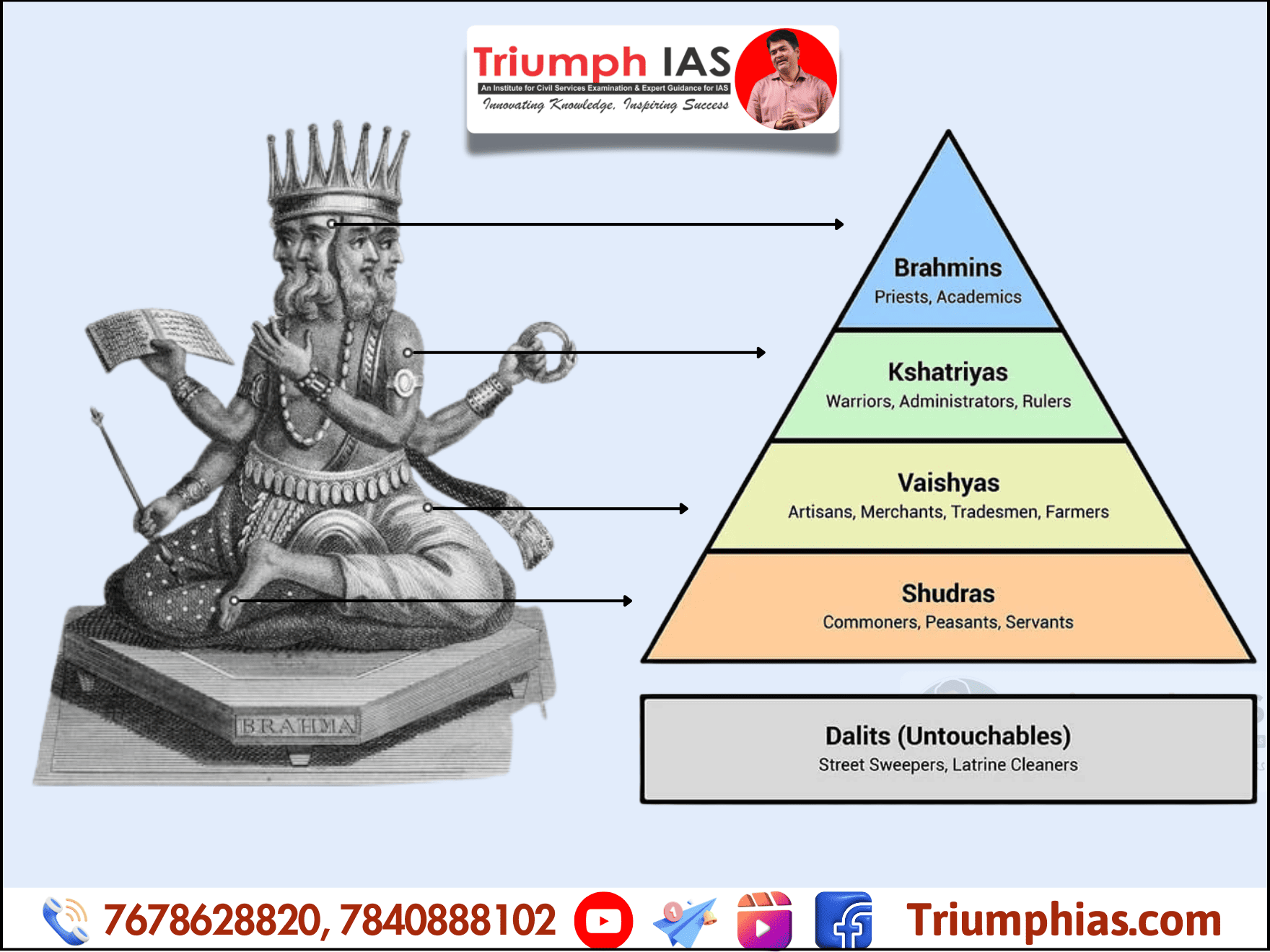Indus Valley Report: India's Top 10% Account for Two-Thirds of Discretionary Spending

A recent social media post by user AJAC has drawn attention to a significant socio-economic stratification within India, referencing the "yearly Indus Valley report" and conceptualizing the nation as "three societies stacked on each other." The tweet, which stated, "India is best conceptualized as a place where 1/4 of the population is very intelligent, talented, great people. But that bottom 3/4 is 1 billion people," highlights a key finding from the Indus Valley Annual Report, published by venture capital firm Blume Ventures. This report segments India's population into distinct economic tiers, influencing consumption patterns and market strategies.
The Indus Valley Annual Report, a comprehensive analysis of the Indian startup ecosystem and broader economy, defines these tiers as "India 1, 2, and 3." India 1 represents the top 10% of the population, approximately 140 million people, who possess a significantly higher per capita income and drive the majority of discretionary spending. This affluent segment is often described as a "high-income country within a country," with a per capita income that would rank it 63rd globally, well above India's overall ranking.
Conversely, "India 2" comprises around 300 million aspiring consumers, while "India 3" encompasses the remaining 1 billion people, who have very limited spending power. The report indicates that India 1 is "deepening" rather than "widening," meaning the wealthiest segment is growing richer, but more people are not necessarily joining this top tier. This trend has profound implications for businesses, particularly startups, as they tailor products and services to these distinct consumer groups.
The report further notes that the top 10% of the population is responsible for approximately two-thirds of all non-essential consumer spending. This concentration of wealth and purchasing power shapes various markets, from luxury goods and travel to the burgeoning quick commerce sector. The insights from the Indus Valley Report underscore the complex economic landscape of India, where a vibrant, high-spending minority coexists with a vast population facing significant economic constraints.